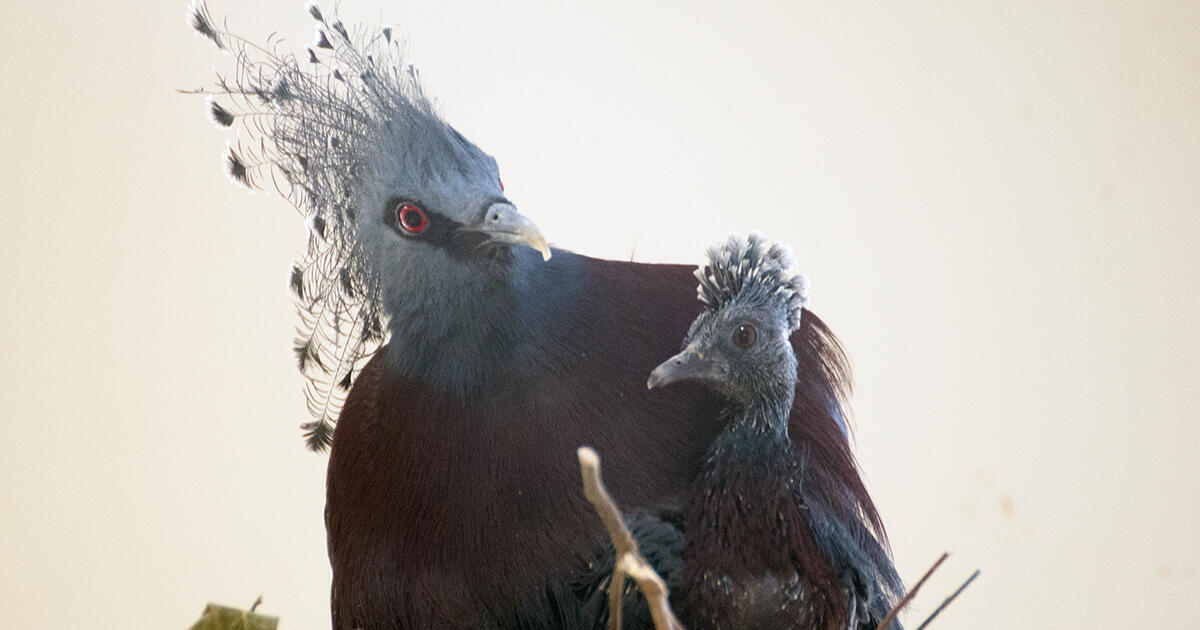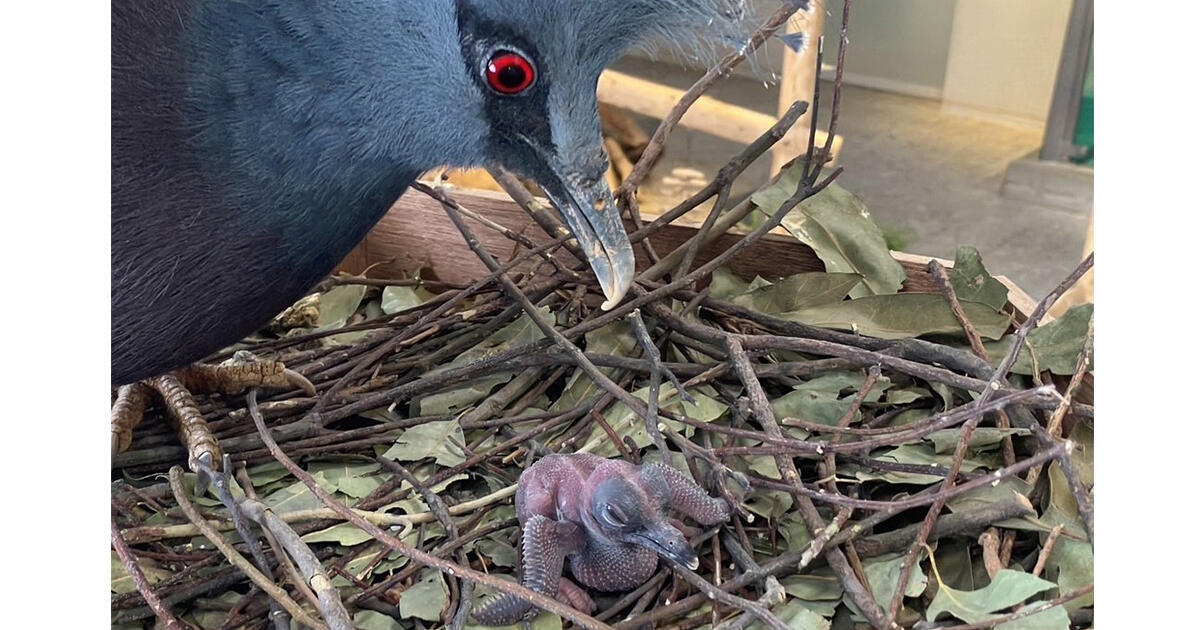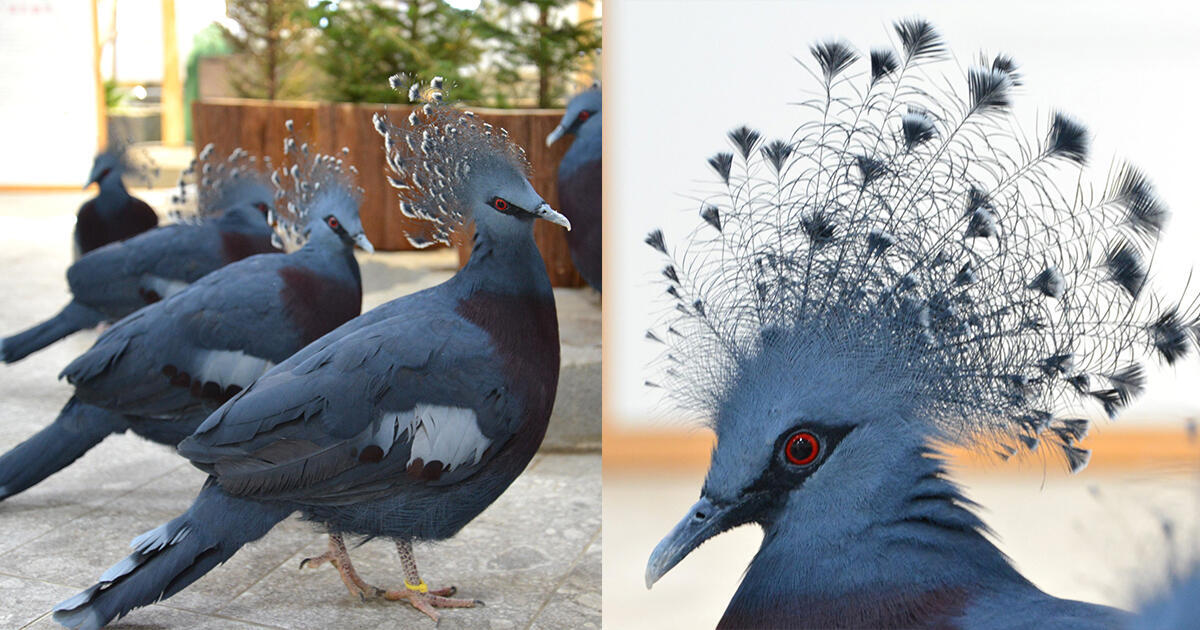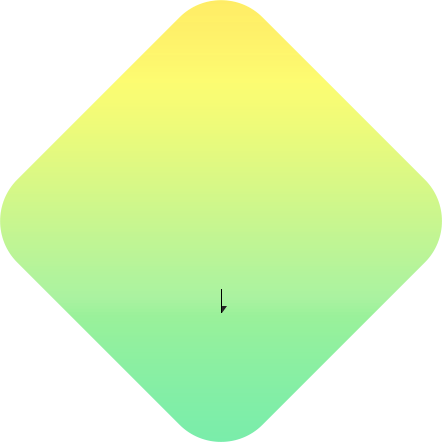News
2023.03.28
A baby pigeon is born. You can see the lovely figure and how the child is raised.
 A baby of the fantail dove showing its adorable appearance (photographed on March 24, 2023)
A baby of the fantail dove showing its adorable appearance (photographed on March 24, 2023)
On March 7, 2023 (Tuesday), a baby pigeon (1) was born in the 2nd floor "Feeling with movement" zone. It was difficult to see the parent birds because they were raising their children under the womb, but as they grew up, their faces began to peek out, and it became possible to see their adorable appearance and the smiles of their rearing.
From around January this year, the parent birds began building a nest on a pillar about 2.5m high, and eggs were confirmed on February 7th. After that, while I was watching the parent birds warm the eggs, I heard the cry of a chick from the egg on March 6th, and confirmed the birth of a chick on March 7th.
 A chick whose eyes have not yet opened after hatching (photographed on March 8)
A chick whose eyes have not yet opened after hatching (photographed on March 8)
Currently, the chicks are about 25 cm in size, and the fan-shaped crest feathers on the top of the head, which is characteristic of this species, are starting to grow, giving them a childlike innocence. This is the 4th pigeon to be born at NIFREL following June 2020.
[About Ougi pigeon chicks]
《Oviposition confirmation date》 February 7, 2023
《Hatching date》 March 7, 2023
《Gender》 Unknown (to be determined by DNA analysis at a later date)
《Size》 About 25 cm (March) Estimated as of the 26th)
[About the fantail pigeon]  It is the world's largest pigeon with a maximum length of 70 cm, with a body length of about 70 cm and a weight of about 2.5 kg. It lives in Indonesia and Papua New Guinea. Food is fruits, seeds, insects, etc. They form flocks of 2 to 10 birds and spend most of the day on the ground. Their numbers are declining due to deforestation and development of their habitat, and they are listed in Appendix II of the CITES, and classified as Nearly Vulnerable on the IUCN (International Union for Conservation of Nature) Red List.
It is the world's largest pigeon with a maximum length of 70 cm, with a body length of about 70 cm and a weight of about 2.5 kg. It lives in Indonesia and Papua New Guinea. Food is fruits, seeds, insects, etc. They form flocks of 2 to 10 birds and spend most of the day on the ground. Their numbers are declining due to deforestation and development of their habitat, and they are listed in Appendix II of the CITES, and classified as Nearly Vulnerable on the IUCN (International Union for Conservation of Nature) Red List.



















